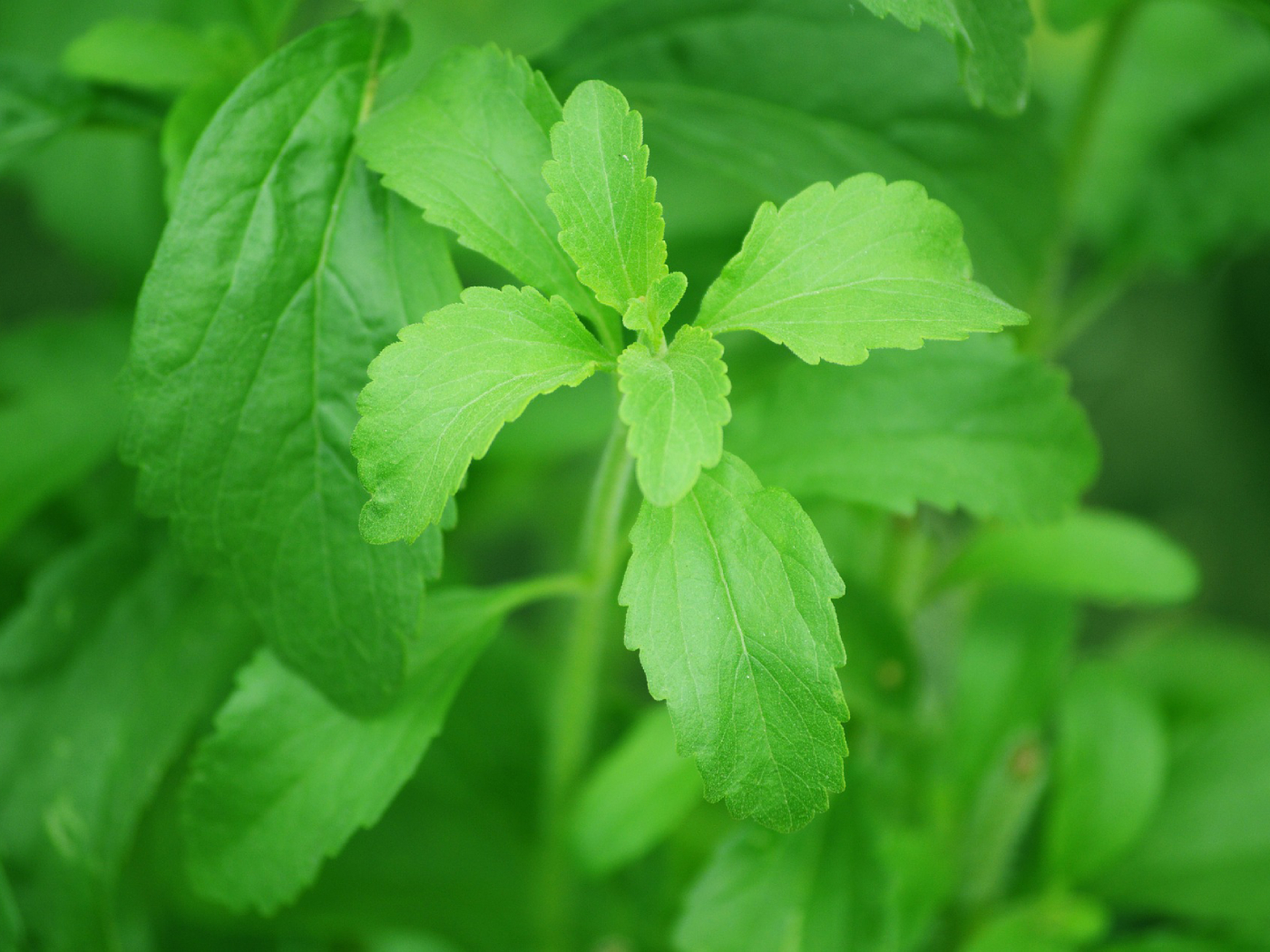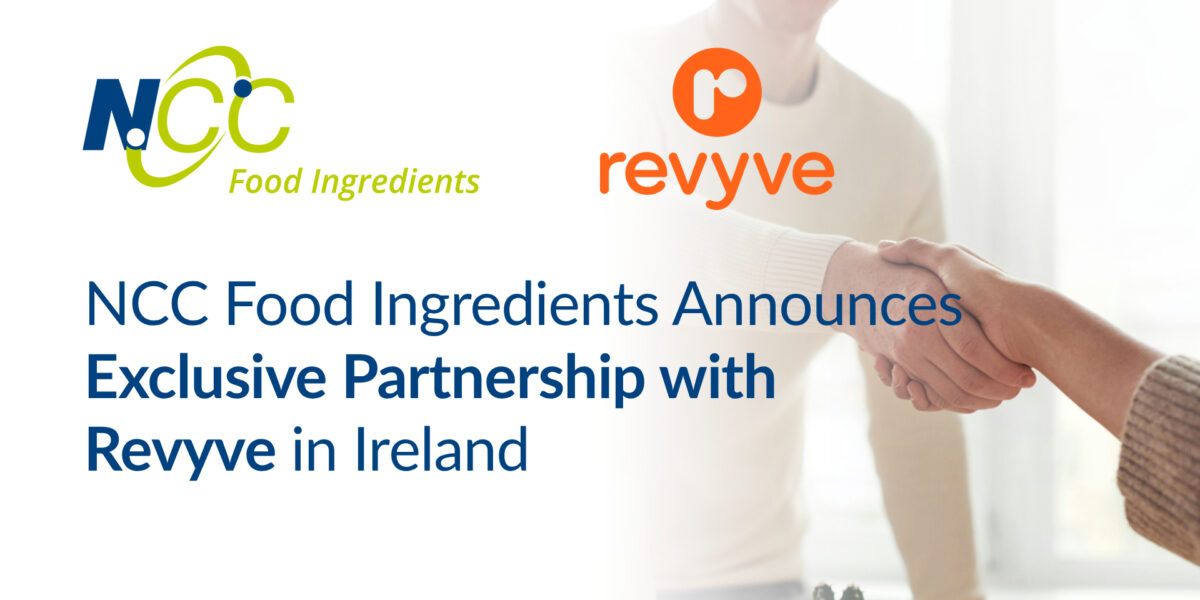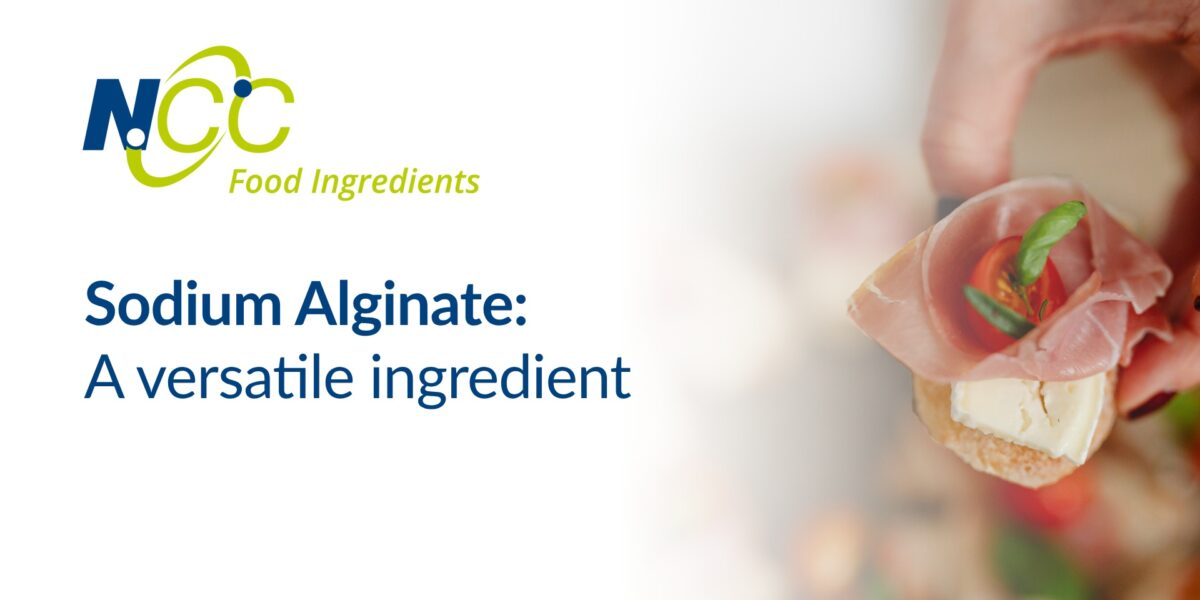By James Bliss, Commercial Director, Food Ingredients, looks at the benefits of next generation Stevia.
Many people have probably seen Stevia listed in the ingredients of some of their favourite food products. They might have also heard or read about it as a natural sugar alternative. It features often these days in drinks and dairy products and is becoming a major ingredient in the drive towards sugar reduction. However, many don’t realise what it is, where it is from and how it is different to other sweeteners. There are even different types of Stevia on the market and not all types are created equally. In fact some Stevia has an aftertaste but more on that later.
Stevia – History and background
First, a bit of background information; though it appears to be a recent product. Stevia has in fact been around for a long time. Originally from Paraguay and parts of Brazil, the plants scientific name is Stevia rebaudiana (Bertoni). It is thought that it was first used by local indigenous tribes more than 1500 years ago as a sweetener for food and as a treat. Swiss (Italian speaking) botanist Mosè Giacomo Bertoni, (otherwise known as Moisés Santiago Bertoni) was the first to detail the plant and taste in 1899.
However it was only in 1931 that two French chemists isolated what gives Stevia its sweeter than sugar taste, glycosides. Stevia has been largely ignored by food producers up until recently, this is largely due to the bitter aftertaste that the plant has. In the last few years though a solution to remove the bitterness was developed by using an enzyme process.
How it’s created
To make this new form of enzyme-treated Stevia, glucose is added to the Stevia using α-glucosyltransferase. The result is a complete removal of the bitter liquorice-like aftertaste that affects Stevia in its traditional form. This approach was not up until recently possible due to legislation.
Commercial usage
Prior to 2016, Stevia producers in Europe were held back by laws governing their production processes. Until the change in EU laws, Stevioside and/or Reb A had to comprise 75 percent of the parts in Stevia sweeteners. With a combination of other steviol glycocides making up the remainder. This meant that Stevia’s bitter aftertaste was close to impossible to fully mask or remove.
A change in laws
The change in EU law allowed for any amount of the 11 approved steviol glycocides in any ratios. Meaning that producers can now more accurately manage the taste profile, and position enzyme-treated Stevia as a real replacement for sugar. The process of adding glucose also means that enzyme-treated Stevia’s solubility is greater than that of an untreated Stevia product. The combination means that Stevia now has a broader and more cost-effective range of product possibilities. This is particularly true in relation to the soft drinks and dairy sectors.
Sugar taxation – A major driver
Consumers are these days focused on clean living and seeking out products that are low in sugar and without artificial additives. Stevia is the ideal food ingredient as it ticks many of those boxes. In addition, around the world there is a drive from governments to tackle the problem of growing obesity and diabetes. In 2015, the World Health Organisation published the Global Action Plan for the Prevention and Control of Non communicable diseases 2013-2020 as well as the guideline entitled “Sugars intake for adults and children”. This resulted in a total of 39 countries (as of May 2018), states and cities introducing a form of sugar taxation.
Sugar taxation is expected to apply to other products in the future
The tax primarily is focused on sugar in drinks. However it’s largely expected that many governments will increase this to other products that contain high amounts of sugar. Public opinion has generally been positive, with many observers and high-profile individuals praising these efforts. In the UK for example, drinks with more than 5g of sugar per 100ml are subjected to a levy of 18p per litre. Drinks with 8g or more of sugar per 100ml are subject to a levy of 24p per litre. This has led to many soft drink producers using sweeteners like Stevia to reduce the sugar content in their products.
Low-grade Stevia can lead to mixed results
In some cases there has been mixed results and in fact Coca-Cola’s Sprite in the US and UK reversed its use of Stevia. The reason given for the change is that they achieved a better taste profile by using sugar and artificial sweeteners. Though it seems this might be due to a lower-grade Stevia grade being used as highlighted in this Quartz article. Perhaps this means that a bitter aftertaste was present in the beverage. This needn’t be the reality though as there are better quality Stevia’s now on the market that have a proven record of providing the sugar flavour profile required.
Artificial sweeteners are certainly a useful ingredient as regards to reducing sugar as to avoid taxation. I believe however that Stevia better aligns with the consumer concept of clean living. The reality is that most consumers are now seeking out products that do not contain anything artificial. Stevia perfectly fits into that criteria.
Why 2nd generation Stevia is the future of sugar reduction
Stevia’s popularity has grown hugely over the past 10 years. With the new-found power of health campaigners as well as the increase of sugar levies, food and drink producers should strongly consider using higher grades of Stevia. To replace sugar as well as the use of artificial sweeteners. As processes get better and recipes more refined, 2nd generation enzyme-treated Stevia is well positioned to push that growth along an upward direction. Towards a sweeter, more cost-effective future.
Our four grades of Stevia
At NCC Food Ingredients we have three different grades available. These range from 180 times sweeter than sugar right through to 320 times sweeter than sugar. None of our Stevia products have a bitter aftertaste, in addition they have a similar taste profile to sugar. This means that your consumers will be less likely to notice any difference in the taste of your product should you choose to reduce the sugar content and replace it with Stevia.
If you would like to learn more about our 2nd Generation Stevia solutions, fill out the form below and we’ll be in contact.





